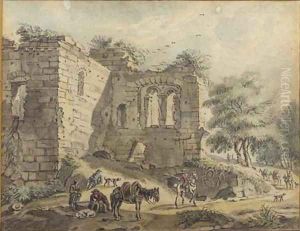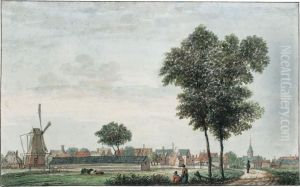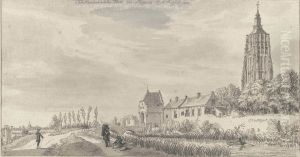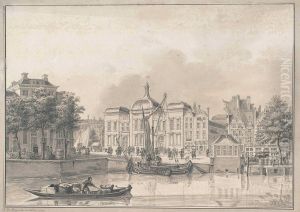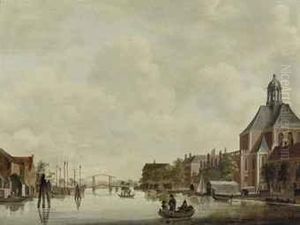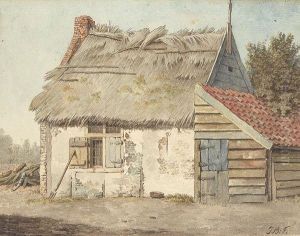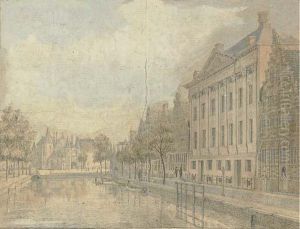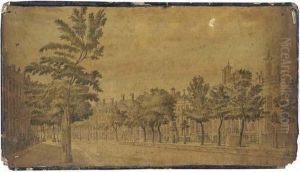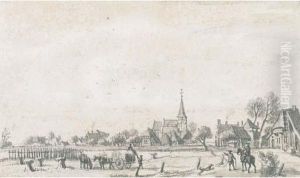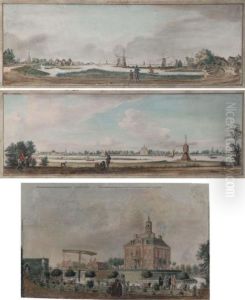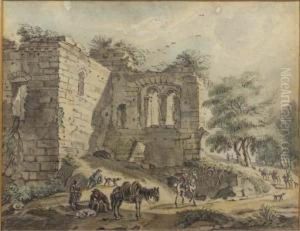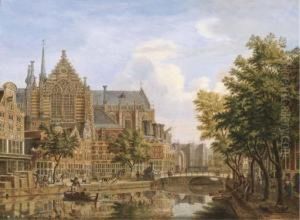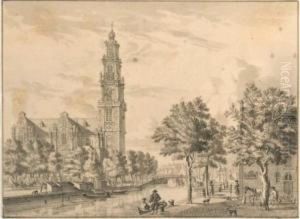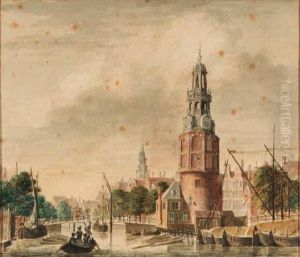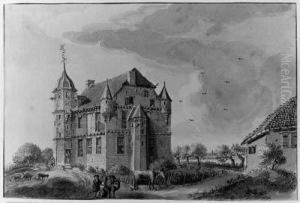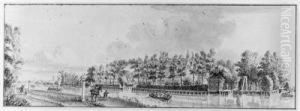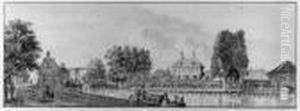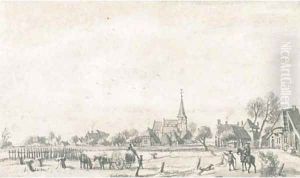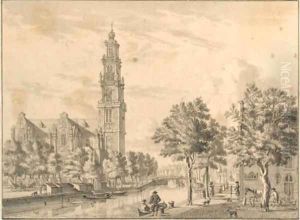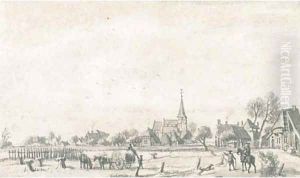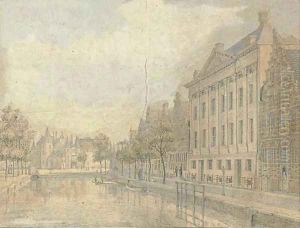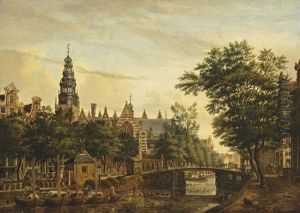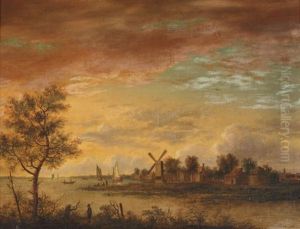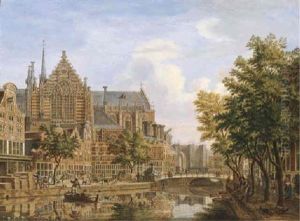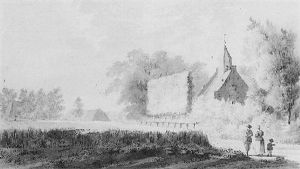Jan De Beyer Paintings
Jan de Beyer, also known as Johann de Beyer, was a Dutch artist, best known for his detailed drawings and prints of cities, buildings, and ruins, often in a topographical context. Born in 1703 in the Southern Netherlands, he was active during a period of great interest in accurately capturing the appearance of urban and rural landscapes.
De Beyer's early life is not extensively documented, but it is known that he developed his skills in the tradition of Dutch and Flemish masters, who were renowned for their precision and attention to detail in landscape and architectural art. He traveled through the regions of present-day Netherlands, Belgium, and Germany, meticulously recording the sights he encountered.
Throughout his career, Jan de Beyer was particularly fascinated with the architectural heritage of the region. He created a vast number of sketches and drawings that served not only as works of art but also as important historical records of the architectural landscape during the 18th century. These works portrayed a variety of subjects, from grand cityscapes to quiet monasteries and from sturdy castles to picturesque ruins.
De Beyer's contributions to topographical art were well-regarded by his contemporaries, and his works were collected by those who appreciated both their aesthetic and documentary value. His drawings often served as source material for engravings, which were widely distributed and helped to spread his reputation beyond his immediate locale.
The precise date of Jan de Beyer's death is uncertain, but it is believed to have occurred around 1780. His legacy is preserved in the numerous drawings and prints he left behind, which continue to be of interest not only to art historians but also to those studying the history of architecture and urban development in Europe. De Beyer's work provides a window into the 18th century, offering insights into the environments and structures that would shape the modern landscapes of the Netherlands and its neighboring regions.
